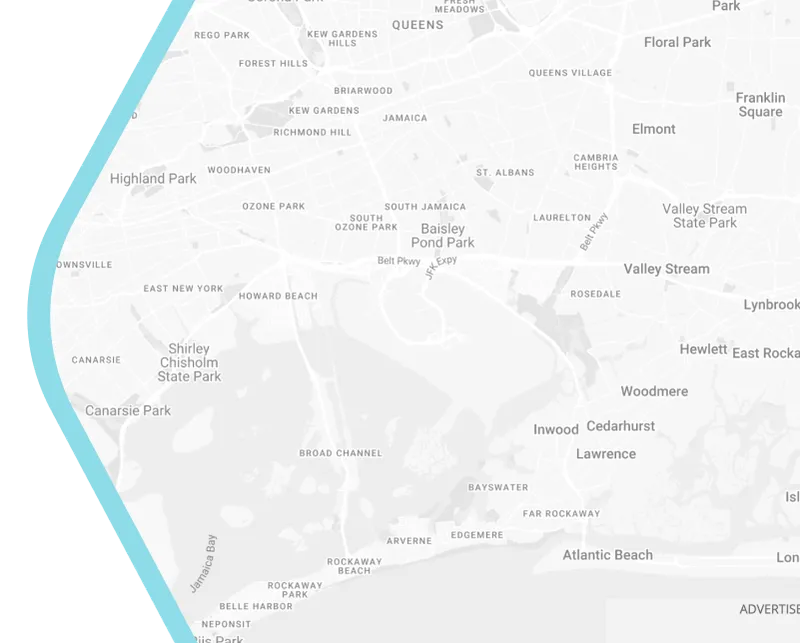Designing Inclusive and Smart Environments for Children: How Smart City SS is Transforming Communities in Developing Countries
In a rapidly urbanizing world, child-friendly, inclusive, and sustainable spaces are essential for children’s development. Smart City SS, an Australian-based company, specializes in designing smart environments that address these needs. From solar-powered schools in rural India to earthquake-resistant community centers in Nepal, our projects combine innovation, sustainability, and inclusivity. By leveraging smart technologies and community collaboration, we’re transforming urban spaces for children globally.






























